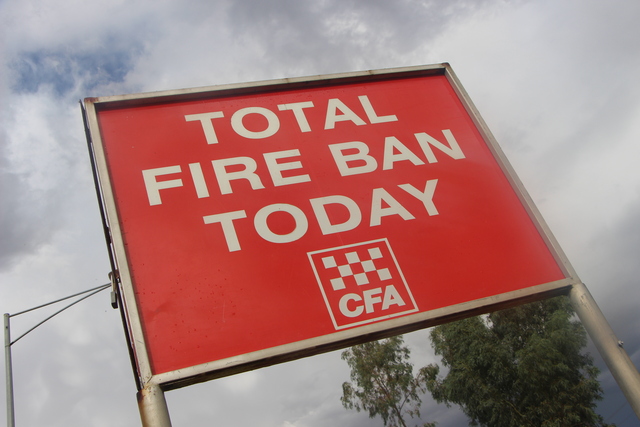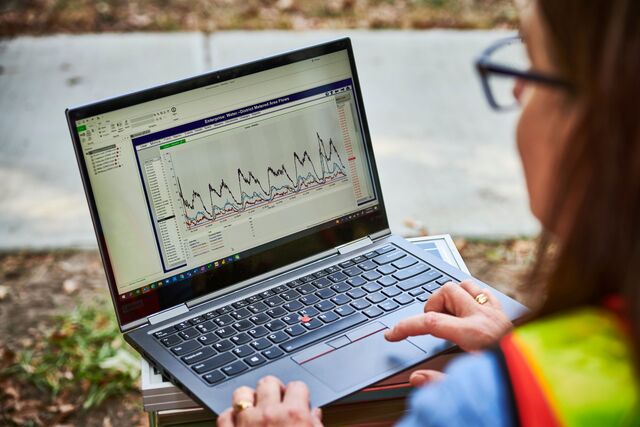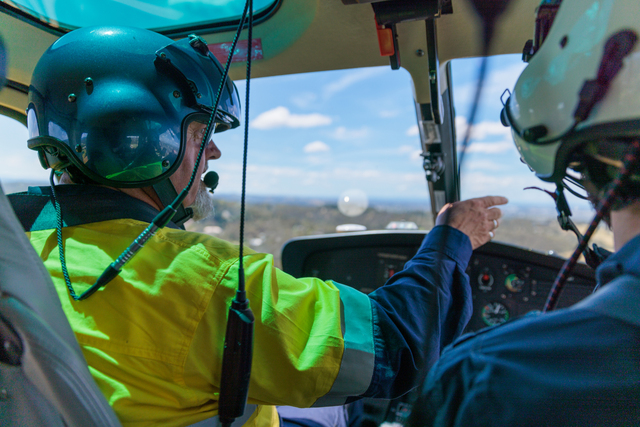As Victoria begins to experience spring growth of pastures and crops, CFA has issued a warning to farmers to exercise caution with the cutting, baling and storage of hay.
CFA acting chief officer Garry Cook said CFA crews responded to 86 haystack fires across the state last year.
“Rainfall deficiencies are starting to emerge across parts of the Mallee, Wimmera and Far South West, which is a concern for CFA,” Mr Cook said.
“However, above average spring rainfall has been predicted for many regions across the state, which should result in greater yield and hopefully a successful hay season for many.
“We are urging all Victorians farmers to take care of their hay and crops this bushfire season.
“Fodder conservation and storage is a vital and valuable component of the year-round farming operations.
“It is important for farmers to ensure haystacks are prepared well and bales are able to be stored safely.”
He emphasised that haystacks pose a fire danger which could occupy crucial firefighting resources during Victoria’s bushfire season.
“When a haystack ignites, depending on the size of the stack, it can remain burning and smoulder over a long period and CFA crews are often required to monitor it for several days to make sure it doesn’t spread,” Mr Cook said.
“Haystack fires can start quite easily from lightning strikes, sparks from equipment and machinery, but a major source of ignition is spontaneous combustion of the haybales themselves.”
Spontaneous combustion can occur when hay has either not properly dried before baling, or has been exposed to rain or damp conditions, meaning moisture content in the bales is higher than the recommended levels.
This can happen to any hay bales, regardless of size. After baling, check the heat and smell of the bales before stacking them into haysheds or large external stacks, and leave any suspect bales separate from the rest.
Hot bales will often omit an odour like burning tobacco, and heat inside bales can be detected by inserting a steel rod or crowbar into the centre of a bale or stack of hay.
Since 2008, CFA has responded to around 1600 haystack fires.
“By producing hay in the right conditions and checking bales for heat before stacking haystacks, you can limit the chances of adding this season’s hay to those statistics and save yourself from loss of valuable fodder and other costly impacts of a fire.”
For more information such as important tips and a temperature guide, visit: https://www.cfa.vic.gov.au/plan-prepare/hay-and-fire-safety






